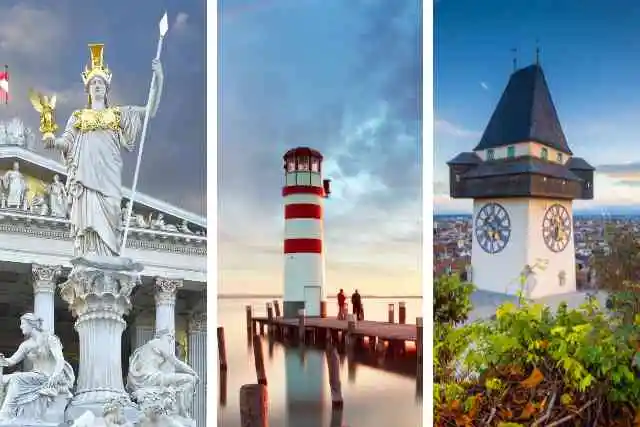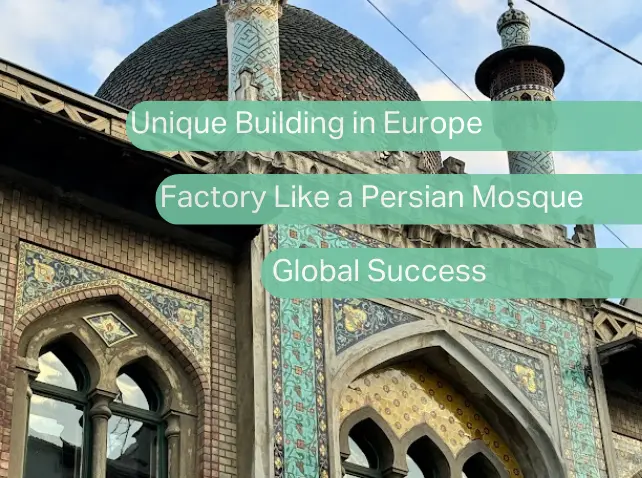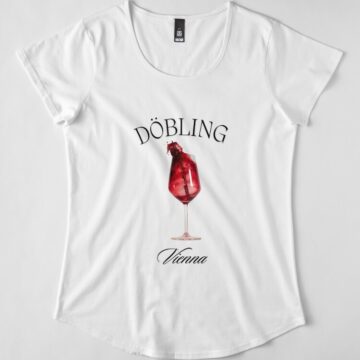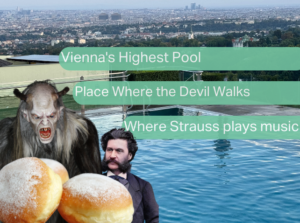Discover the cool history of Zacherlfabrik! This epic Vienna landmark has a wild story, unique looks, and hosted some awesome events. Dive into its amazing past now!

Zacherlfabrik’s Unique Look
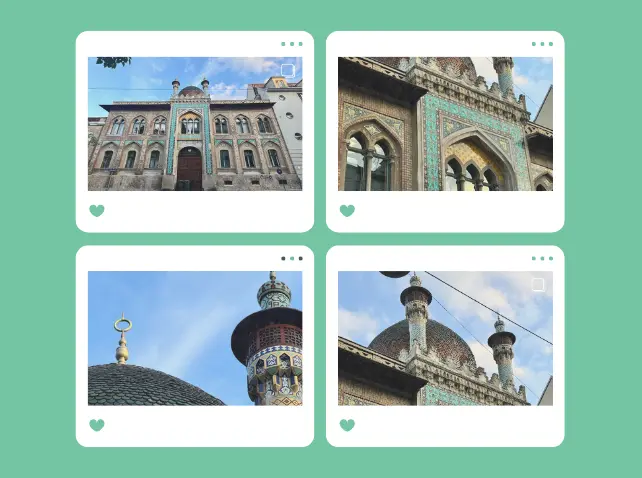
To understand why Zacherlfabrik looks this way, we need to explore the Zacherl family. The Zacherls became a prominent Austrian family of manufacturers. During their peak, they had branches of their shops in cities like Paris, Constantinople, Amsterdam, London, and even New York and Philadelphia.
The Journey of Zacherl
Zacherl was born in Munich in 1814, where he learned tin casting in his father’s workshop. Then, during his obligatory journey to take the master craftsman exam and to develop his skills, he traveled through Vienna to Tbilisi. We can assume that during this trip, Zacherl had to make mandatory stops where he honed his craft under local masters. He received certificates detailing the places and the number of weeks he worked. According to tradition, he had to wear traditional apprentice attire, including wide pants, a vest, a jacket, a shirt, and a hat, so he could be easily identified as an apprentice during his travels.
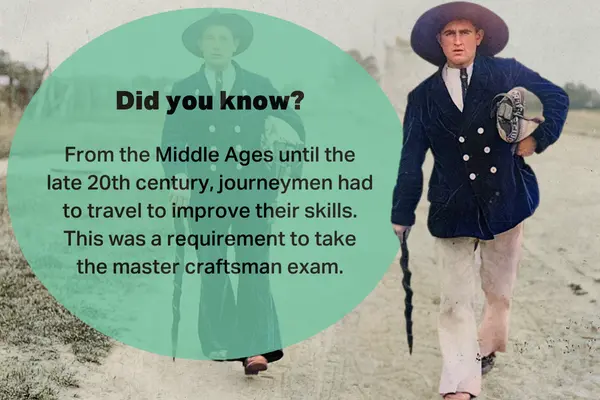
Zacherl’s Ventures and Legacy
In Tbilisi, Zacherl married, but his wife tragically died during childbirth. In 1842, he established a business trading between Vienna and Tbilisi. His company exported tea, carpets, insecticides, medical products, and toys. The most famous product was a powder called Zacherlin, made from chrysanthemums, which became very popular in Europe.
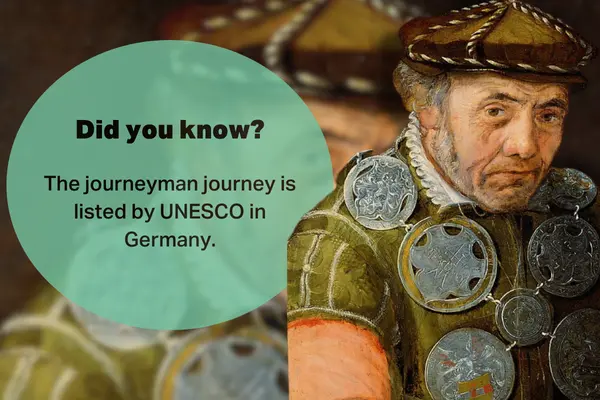
In 1854, Zacherl arrived in Vienna and opened a shop in a central location. By 1870, he began producing insect powder on Nußwaldgasse. Zacherl died before the completion of Zacherlfabrik, and his son took over the company.
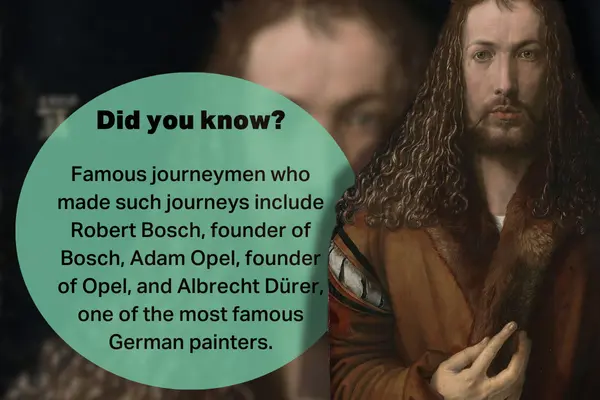

Subscribe
Explore Vienna like a local and discover nearby treasures.
Join our mailing list!
The Unique Zacherlfabrik
The factory in its current form was built between 1888 and 1892. The appearance of the factory is unique in Europe. There are only a few commercial buildings in Europe that feature the Orientalist historicism style. The factory complex stands at the edge of gardens with old trees. Once, greenery spilled from the garden to the area in front of the factory. The factory’s design, resembling an oriental Persian mosque, likely reflects experiences gathered in Tbilisi, where flowers for insecticide production were sourced.
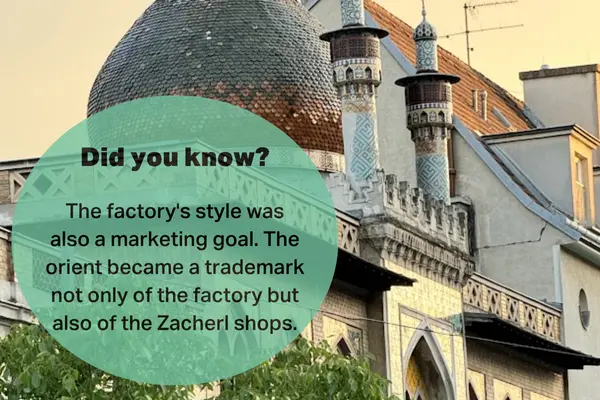
There is also a water tower on the premises, modeled after a pavilion displayed at the 1873 World’s Fair in Vienna. After the father’s death, Zacherl’s son took over the business and expanded production. He introduced new methods for preserving carpets and furs. Later, Gregor Zacherl, the founder’s grandson, inherited the company. Unfortunately, the business faced challenges during the first and second world wars, which led to its closure. Finally, the company was removed from the business register in 1954, marking the end of over 100 years of operations.
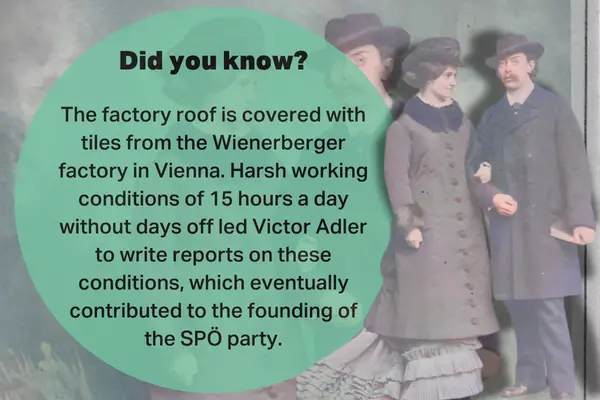
Support
Hi, my name is Kordian and I have prepared this post for you. It took me over 12 hours. After years of working in non-governmental organizations, I want to make this site my source of income. I would be grateful for your support by sharing, liking, or adding a link to this page on your social media or blog. If you use this site regularly, I would appreciate your support through the Steady platform.
Currently, the factory stands unused. Since 2006, it has hosted artistic events, but due to legal requirements and the building not being suited for such activities, the initiative was legally halted.
Join Our Vibrant Community
Are you passionate about discovering the hidden gems of Vienna and its surroundings? Follow us on social media and become part of our enthusiastic community!
Why Follow Us?
- Exclusive Content: Each post is a labor of love, taking between 10-30 hours to create. We share breathtaking photos, captivating stories, and invaluable tips.
- Stay Updated: Never miss out on exciting events, new attractions, and must-visit spots in and around Vienna.
- Support Independent Projects: We are an independent project, and your follows help us cover the costs of running this page. Your support is crucial!
Your Support Matters!
Every follow, like, and share directly supports our work. It helps us continue bringing you the best content and ensures we can keep this site running. By following us, you’re not just staying informed – you’re helping us grow and thrive.
Don’t miss out! Click the links above and start following us today. We can’t wait to connect with you!


